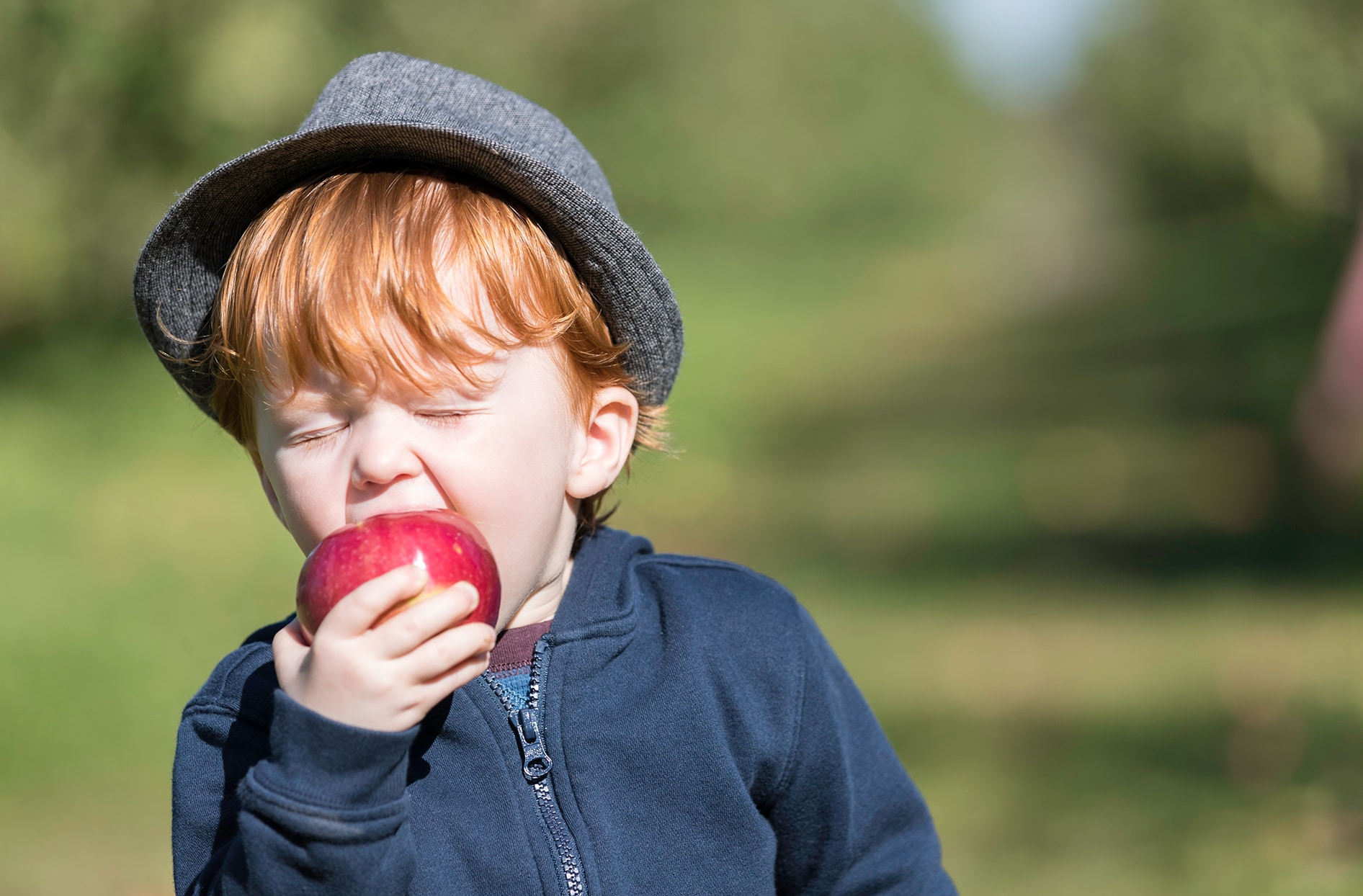Stopping waste from field to fork
September 22, 2021

In an email to PC OptimumTM customers, Galen shares his thoughts on food waste and how we’re tackling the problem. Here’s his message.
Hi Everyone,
I hope that you are enjoying the return to back-to-school rituals. For my part, I’ve never seen my boys more excited to actually head into their classrooms. After months of virtual learning and summer break, they have a whole new appreciation for seeing friends in person.
It’s just one example of how the last year and a half has given us all a new perspective on things we may have taken for granted. For lots of us, that includes the food on our tables each day. But here in Canada and abroad, far too many people remain food insecure, wondering where their next meal will come from.
Just as upsetting is that this happens at the same time as food is being sent to landfill in staggering quantities. In Canada alone, we waste enough food each year to feed every single one of the 37 million of us for almost five months.
It can’t continue, and so as the stores that fill more Canadian fridges than any other, we’ve been taking action.
STOPPING WASTE FROM FIELD TO FORK
Starting on the farm, No Name Naturally Imperfect products save those fruits and vegetables which are slightly small or misshapen from the compost heap, and instead bring them to you at a great price for when looks just aren’t that important. I usually toss them in my morning smoothie.
In our stores, we’ve donated enough surplus food through our partnership with Second Harvest to provide over 1.3 million meals to Canadians. It hasn’t just kept our communities fed, it’s prevented more than 3 million kilograms of greenhouse gases from being released if that food had gone to landfill. We also stopped more than 4.2 million kilograms of expired bakery waste from going in the trash last year by converting it into animal feed for local farms.
And, for the stubborn waste that remains after all these efforts, we’re looking at cool new ways to make it count and keep it from landfill, like our partnership with ZooShare Biogas, who combine food waste with animal manure from a local zoo to generate renewable electricity.
OUR STORES SENT 86% LESS TO LANDFILL
Together, these efforts have led us to exceed our target of cutting food waste by 50% by 2025, and last year our stores reduced what they sent to landfill by 86%, five years ahead of schedule.
As you can tell, it all gets me really excited. These days, so much of our lives is about doing things differently. Finding creative solutions to get us back to a new, better normal. And to see that energy help solve the food waste challenge that’s been around for far too long is inspiring.
CANADA’S FOOD WASTE HEROES
That’s why the latest installment of our Insiders Project(Open in a new tab) profiles some of Canada’s food waste heroes. Check out our four-part docuseries – Half Full(Open in a new tab) – for amazing stories from the people working hard to make the most of the food we are lucky enough to have.
And if you find their stories as motivating as I do, be sure to head over to our other series – Ripe(Open in a new tab) – where Canadian chefs show how we can all cut down on waste by using every part of our vegetables, at every stage of their lives. I love Craig Wong’s green banana curry(Open in a new tab) and can’t wait to make his banana peel "bacon,"(Open in a new tab) and Bashir Muyne’s eggplant drizzled with chocolate sauce(Open in a new tab) is unbelievable.
There’s something special about being schooled on the ingredients you thought you knew so well, while finding new ways to tackle old problems. Hopefully some of these recipes help you get more out of the food in your fridge, keep it out of the trash, and offer some fresh ideas for you and your family as we all settle into new fall routines.
Galen


